At Dianna Rae Jewelry, our 35+ years of diamond expertise have taught us that true diamond quality goes beyond just charts and reports. That’s why we developed the LightPath Diamond Performance Scope (DPS)—a tool that lets you see a diamond’s beauty, clarity, and uniqueness for yourself.
For those who are new to the diamond buying process, using the LightPath DPS makes it easy to see and understand the details that drive a diamond’s rarity, beauty, and value. The Lightpath DPS allows you to compare clarity characteristics you can see for yourself without relying on the varying grading standards used by GIA, EGL, IGI, and HRD. Each of these diamond certification laboratories grades and describes diamonds differently — sometimes the difference is significant. The Dianna Rae LightPath Diamond Performance Scope takes diamond buying to the next level by allowing you to evaluate the beauty of the diamond based on what you see, not what you read on a report.
Why we love diamonds is pretty simple — they sparkle like nothing else, and they’re super durable! However, as a rough crystal they aren’t the brilliant gem we know and love. That transformation comes from cutting and polishing facets on the crystal. The pattern, shape, size and exact angle each facet is created, determines how light passes through the diamond.
You can think of the top of the diamond or the “crown” like a window, allowing light to enter the diamond. The bottom of the diamond called the “pavillion” is like a series of mirrors. These “mirrors” work together in a complex series of reflections that produce a rainbow of colors, white flashes and contrast in each diamond.
The American Gem Society (AGS) pioneered the light performance technology used in the LightPath DPS. The AGS developed the Angular Spectrum Evaluation Tool or ASET to show the clear relationship between cutting and light performance. This is such a complex relationship that simple 2D dimensions, being used at the time by GIA, were not adequate. The AGS system uses real-world lighting to show how light impacts the beauty of the gem.
The ASET uses 3 colors of light, each color of light is coming from a different angle.
Blue represents the observer’s shadow. When you position your head over the diamond to observe it, your head blocks the light source creating a dark area in the gem. This is one of the things that causes contrast. Contrast is a good thing in the right amount.
Red represents direct light — the light coming over the observer’s shoulder. This light is coming down from an angle of 45 to 75 degrees. This light source is very important to consider since most of the light we encounter comes from above us — either natural light (the sun) or artificial light (indoor ceiling lighting). Secondly, the shape of a diamond interacts with this light the most intensely. Red is the most desirable color on the ASET report.
Green represents indirect light — light that comes from ground level, or zero degrees, to 45 degrees. Although this light source produces a positive impact on the diamond, it’s not as desirable as the RED light which comes from a higher angle.
There are areas in the ASET image that aren’t as intense as others. These areas are not handling light as efficiently as the other areas, meaning the light is “leaking”. This can happen because the path generated by the facets doesn’t allow light to enter the diamond and reflect out to the observer. While some light leakage is fine, too much will cause the diamond to look dim or lifeless.
The ASET image is an important tool to determine how diamond cutting impacts light performance.
You’ll always see a mix of blue, red and green in an ASET report. When looking at diamonds through the LightPath DPS, your Dianna Rae Diamond Expert will walk you through an evaluation of each diamond. Together, you’ll look at how light is passing through each diamond, leaving you with a complete understanding of each diamond’s light performance and beauty.
The clarity grade is a measure of unique birthmarks, either internal (inclusions) or external (blemishes). Clarity is easy to show on a grading scale, but it looks much different when you see it for yourself. The LightPath DPS uses the standard darkfield illumination for finding inclusions. That’s important from a gemological perspective. We also show you the diamond in diffused light — the light you will see your diamond in everyday. Imperfections may look radically different in each lighting type. Looking at each diamond allows you to find the diamond that is perfect for you. GIA system considers the size, nature, position, color, relief, and quantity of clarity characteristics visible under 10× magnification. We show you these in greater than 10X on 4K UHD monitor.
Think of direct light as a flashlight — a concentrated light at a central source. We use 16 tiny pinpoint light sources to show you how the diamond will sparkle when its moving. We are looking for an even distribution of reflections. This is especially important in fancy shapes (not round) as they have areas of high and low light performance.
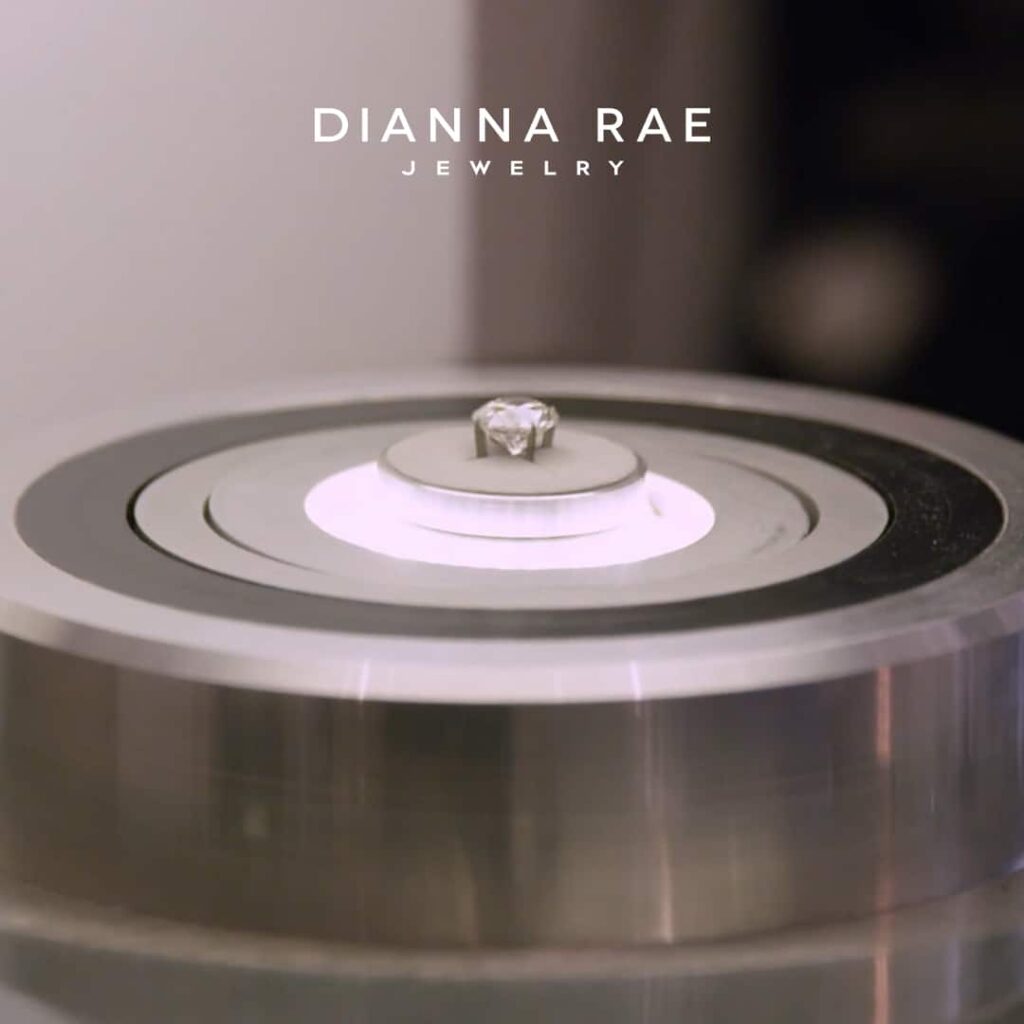
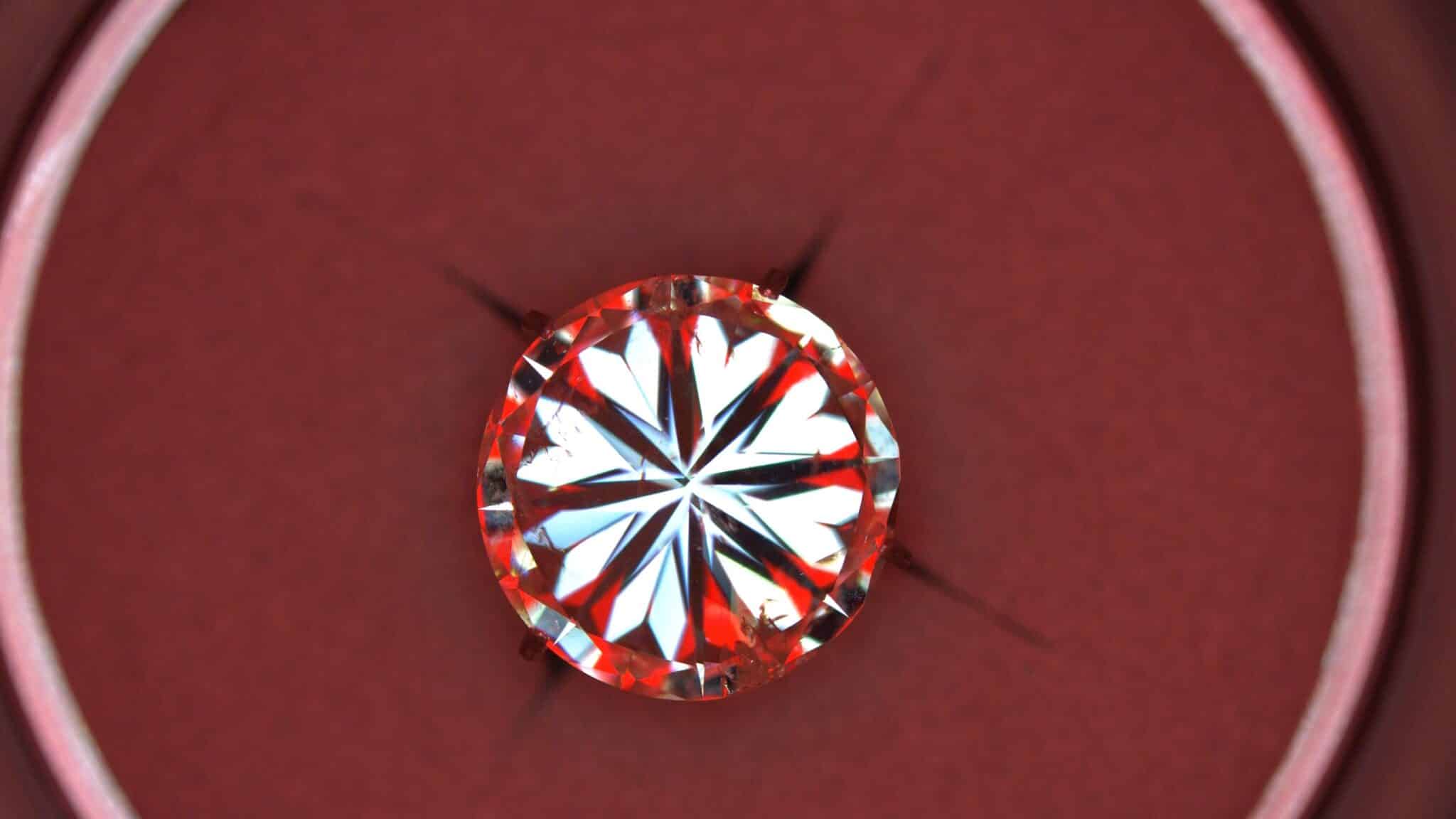
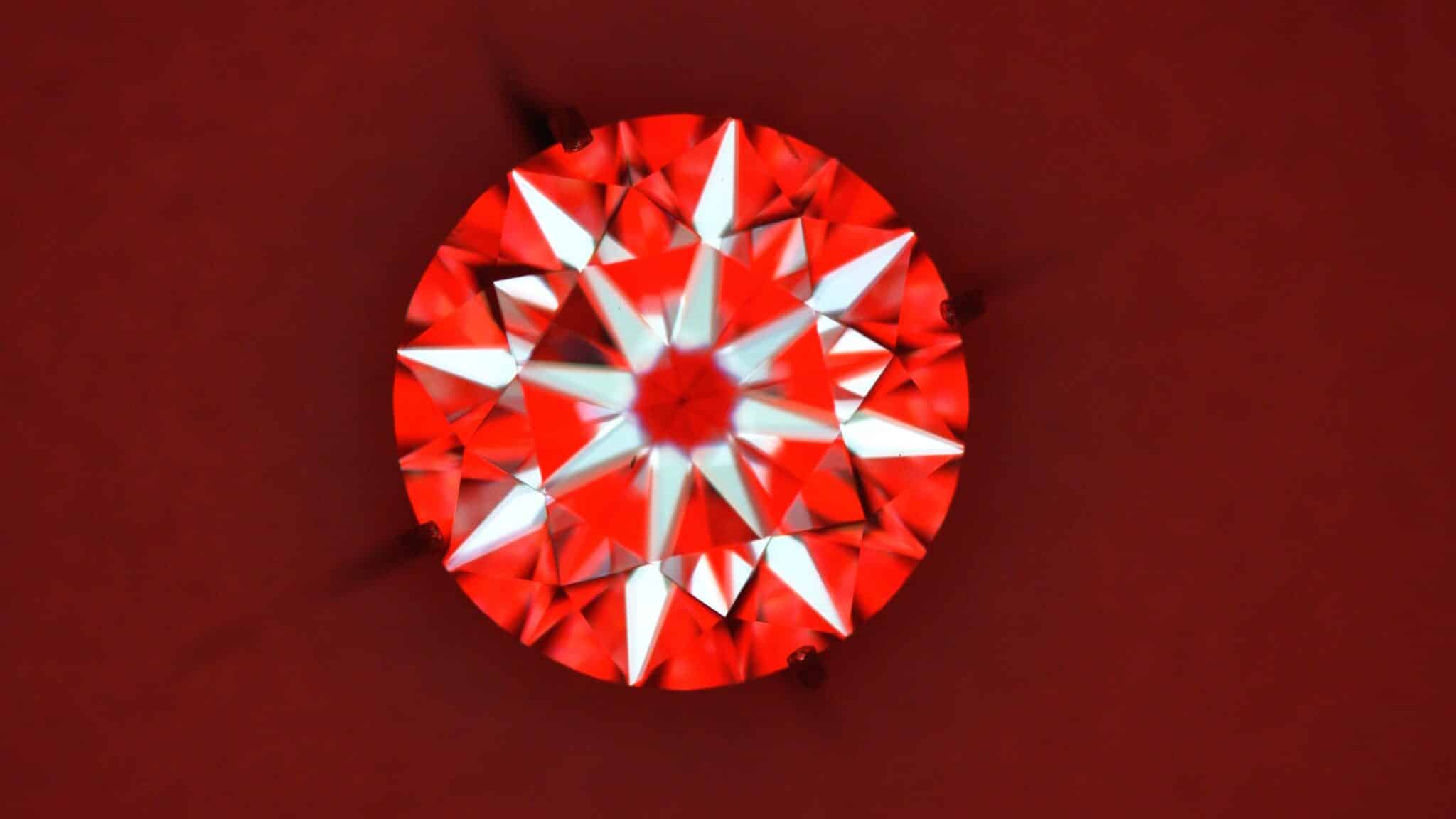
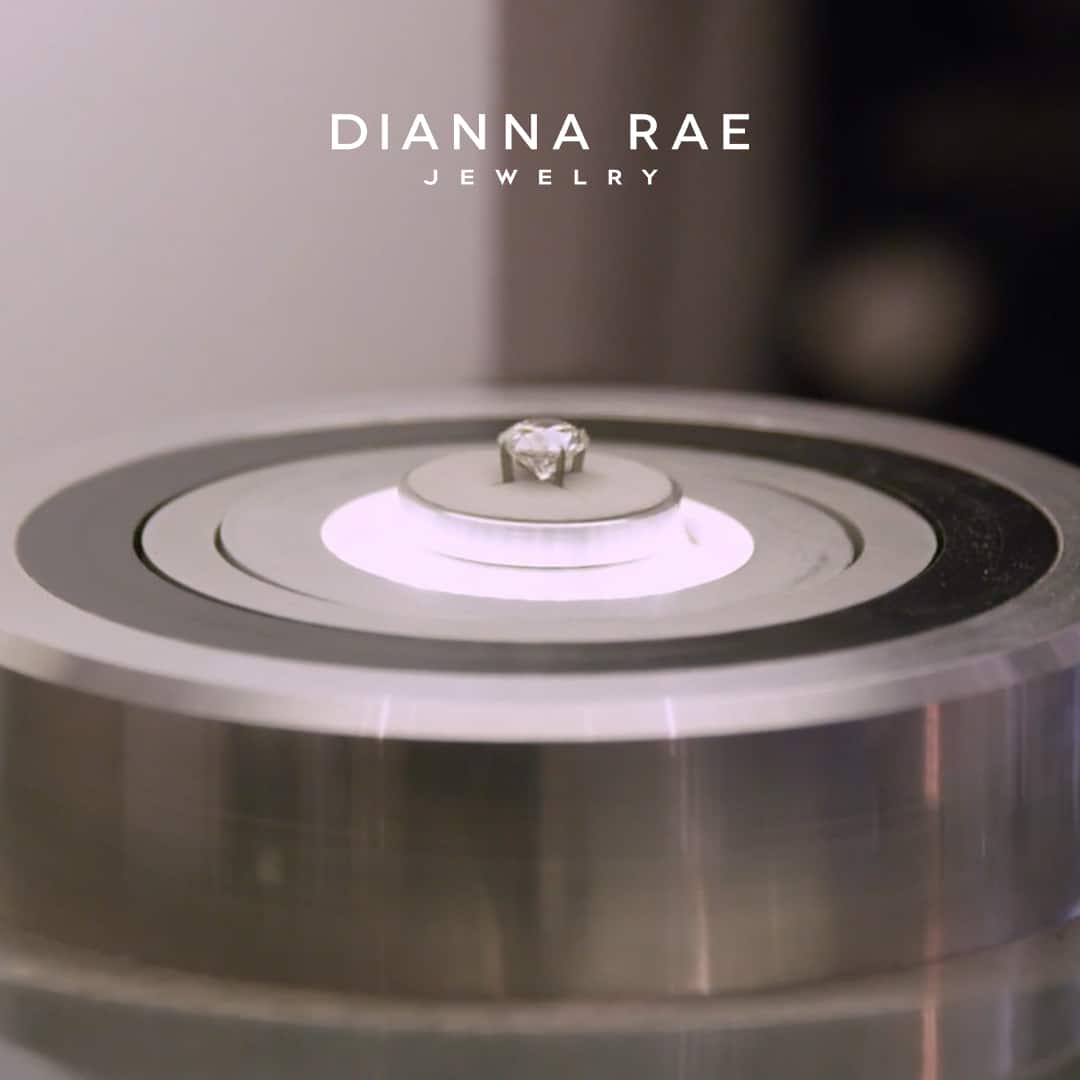

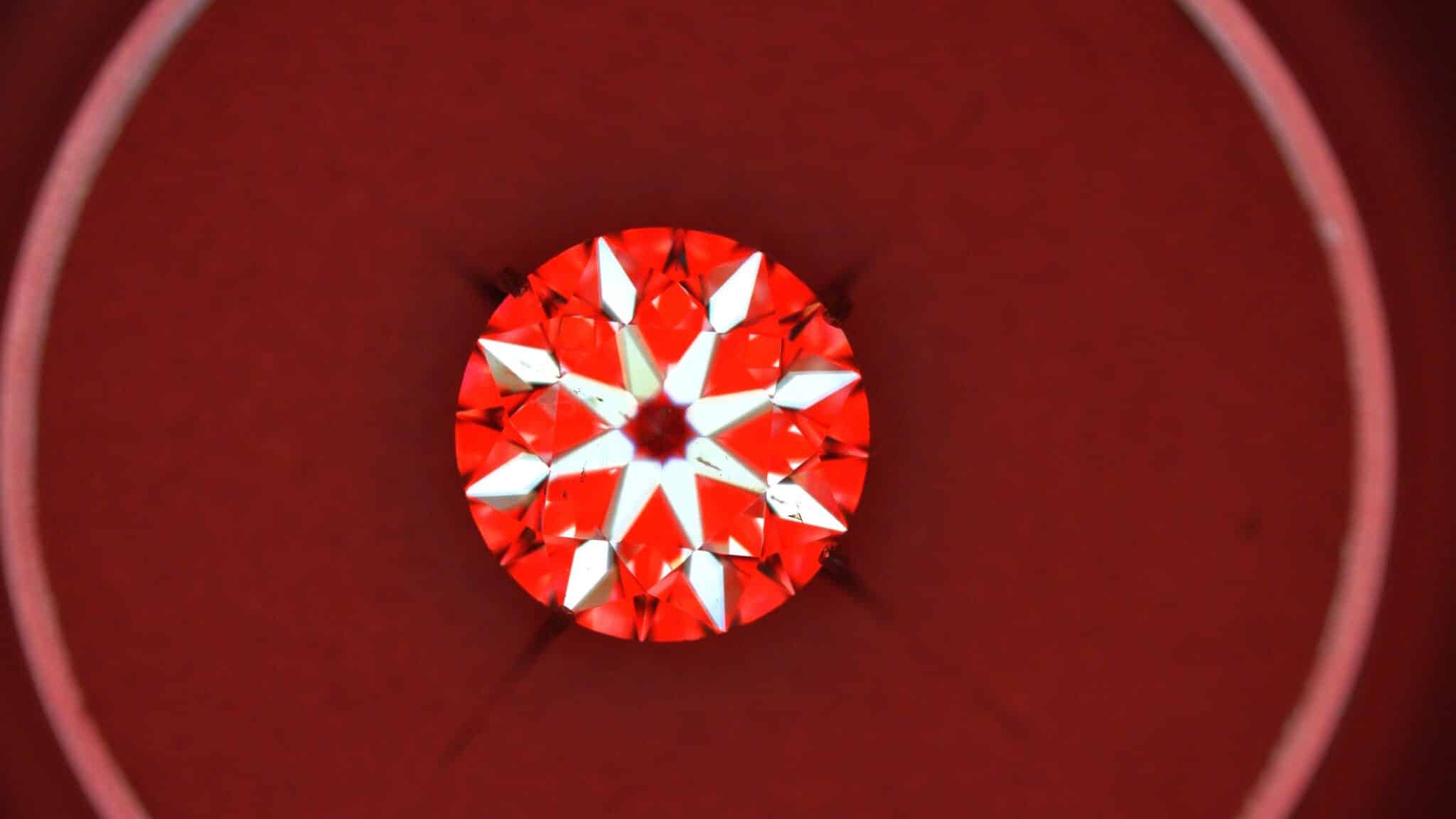
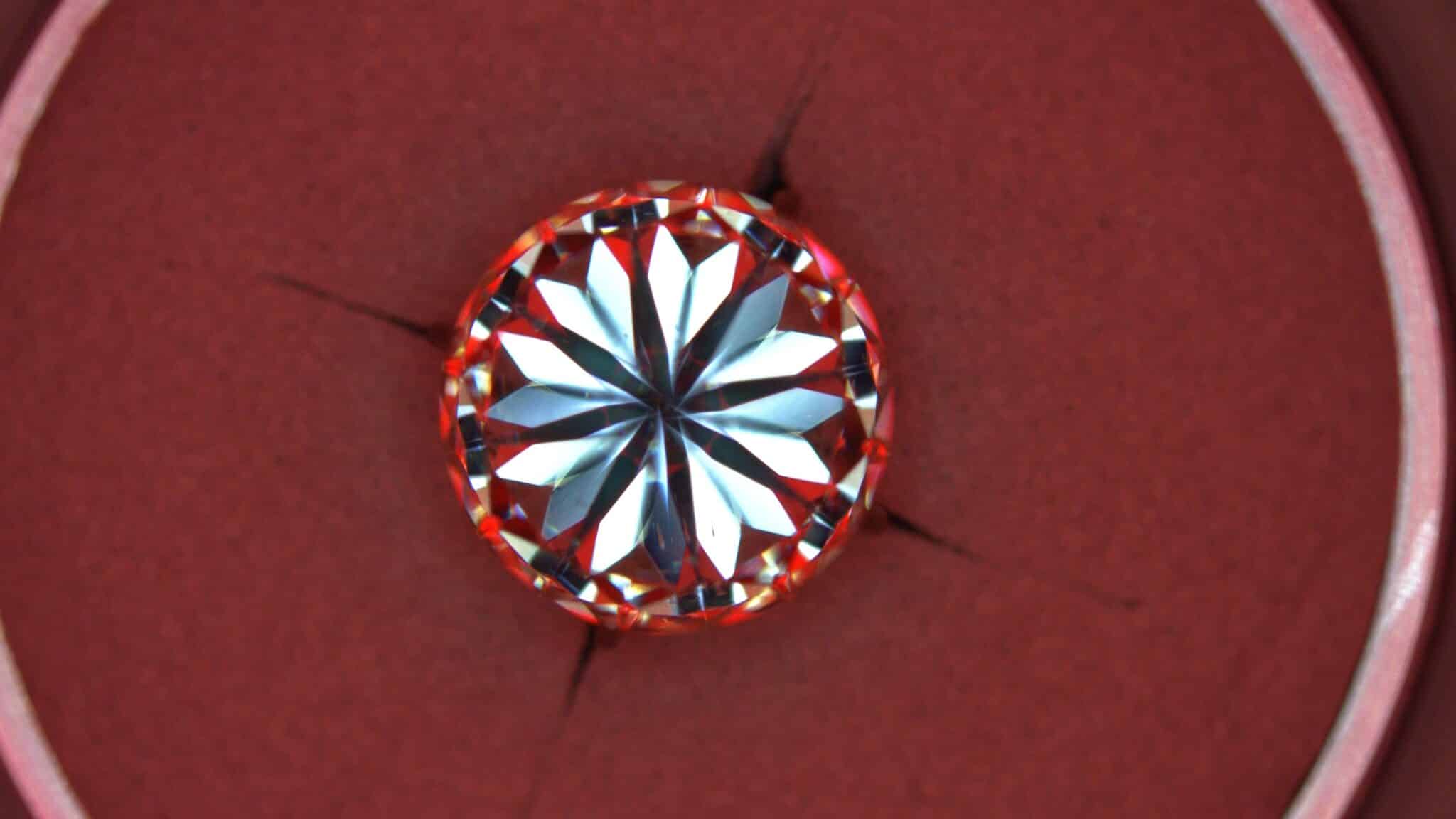
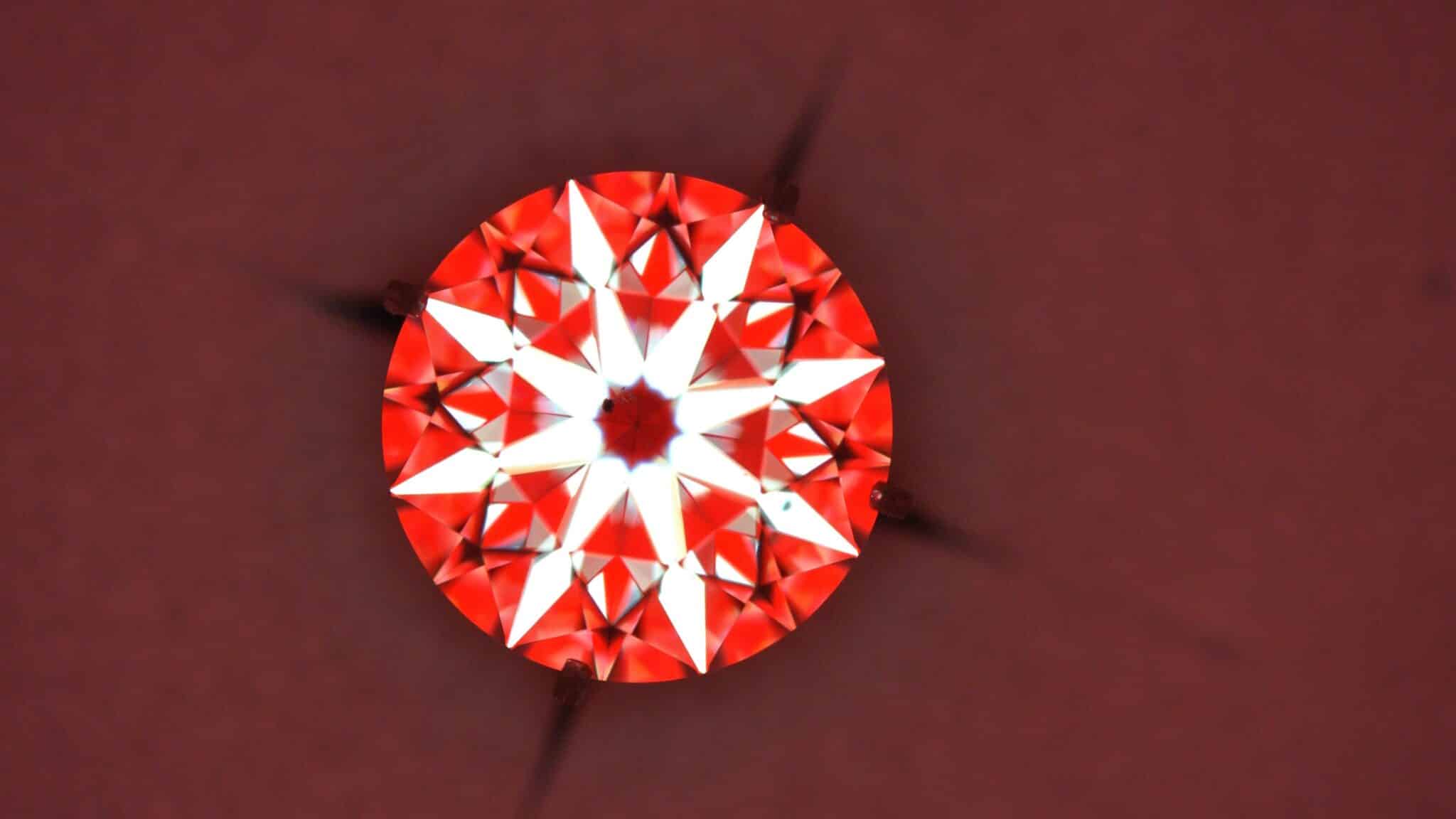

*By signing up I agree to receiving marketing and promotional materials
"*" indicates required fields
"*" indicates required fields
This item has been added to your shopping bag View Bag